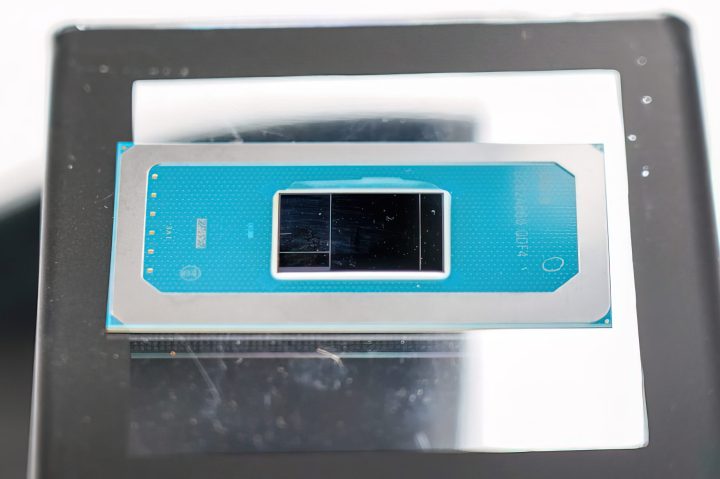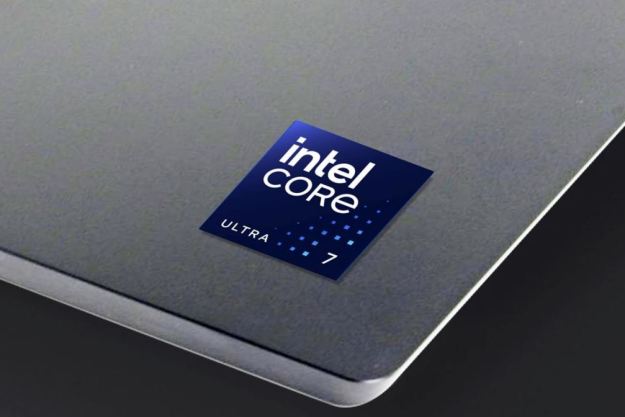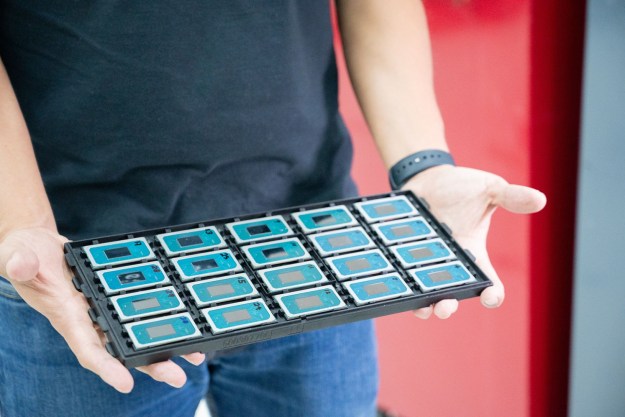The Core “i” branding of Intel processors has been around for 15 years, first appearing in its “first-generation” Core chips launched in 2008. Now, that’s some legacy.
But Intel has confirmed that in its upcoming Meteor Lake chips, it’s doing away with the naming scheme entirely. In place of the instantly recognizable Core i3, i5, i7, and i9 brands, Intel will be using “Core Ultra” in these new chips. The details, however, are not yet known.
The original hint first appeared on a website for the game Ashes of the Singularity, where a new product showed up in benchmarks called the “Core Ultra 5 1003H.” After this rumor make the rounds in the media, the Director of Communications at Intel addressed it head-on, with a tweet that explained the “brand changes.”
Fernandes notes the upcoming “inflection point” in Meteor Lake, saying that we’ll be hearing more about the changes in the coming weeks. This doesn’t necessarily “confirm” that Core Ultra will be used, but the inclusion of the “yes” to start off the tweet suggests that the reports are likely true.
The “Core Ultra” name is interesting in a couple of ways. First off, the use of “Ultra” is a much more popular term in tech branding these days. Most notably, Apple has been using it in both its iPhones and M-series chips. The M1 Ultra, for example, represents the most powerful configuration of the M1 chip, which has only been made available in the Mac Studio desktop.
If Intel goes with Core Ultra for its 45-watt H-series chips, it’s not hard to imagine that it has some other names in store for the lower-powered offerings. Will it chase Apple’s distinctions with Core Max and Core Pro as well? That would feel a bit on the nose, but we’ll have to wait and see.

Even though it feels like Intel is aping off Apple’s branding — let’s be honest: Intel’s chip names have always been unnecessarily difficult to understand. The difference between an H-series chip and a U-series is massive in terms of performance, and yet, the indicator is buried behind a string of numbers. The emphasis on Core i5 and Core i7, meanwhile, usually represents a smaller difference in performance, despite being much more upfront in the branding.
The first of the Meteor Lake chips, which is the codename of Intel’s 14th-gen chips, is due out later this year and will be large architecturally as well. These will be the first Intel processors to use a chiplet design, will debut the new Intel 4 node (previously known as 7nm), and make use of extreme ultraviolet lithography. Compared to the last generation’s ho-hum iterative bump, Meteor Lake will aim to offer a larger generational jump in performance.
This change in branding also comes at a particularly tumultuous time for Intel as a company, which recently reported the largest quarterly loss in the company’s history for the first quarter of 2023.
Editors' Recommendations
- Gamers are reportedly returning Intel Core i9 CPUs in droves
- Intel may have a monster new CPU coming soon
- Intel’s awkward transition year
- The first Core Ultra handheld gaming PC is already coming
- Intel’s new Core Ultra chips needed to be more than this


